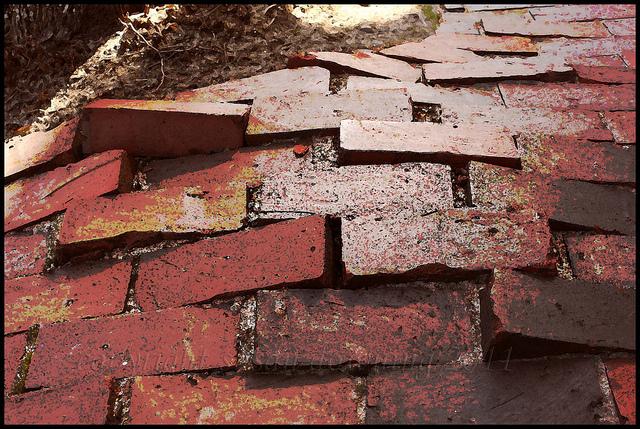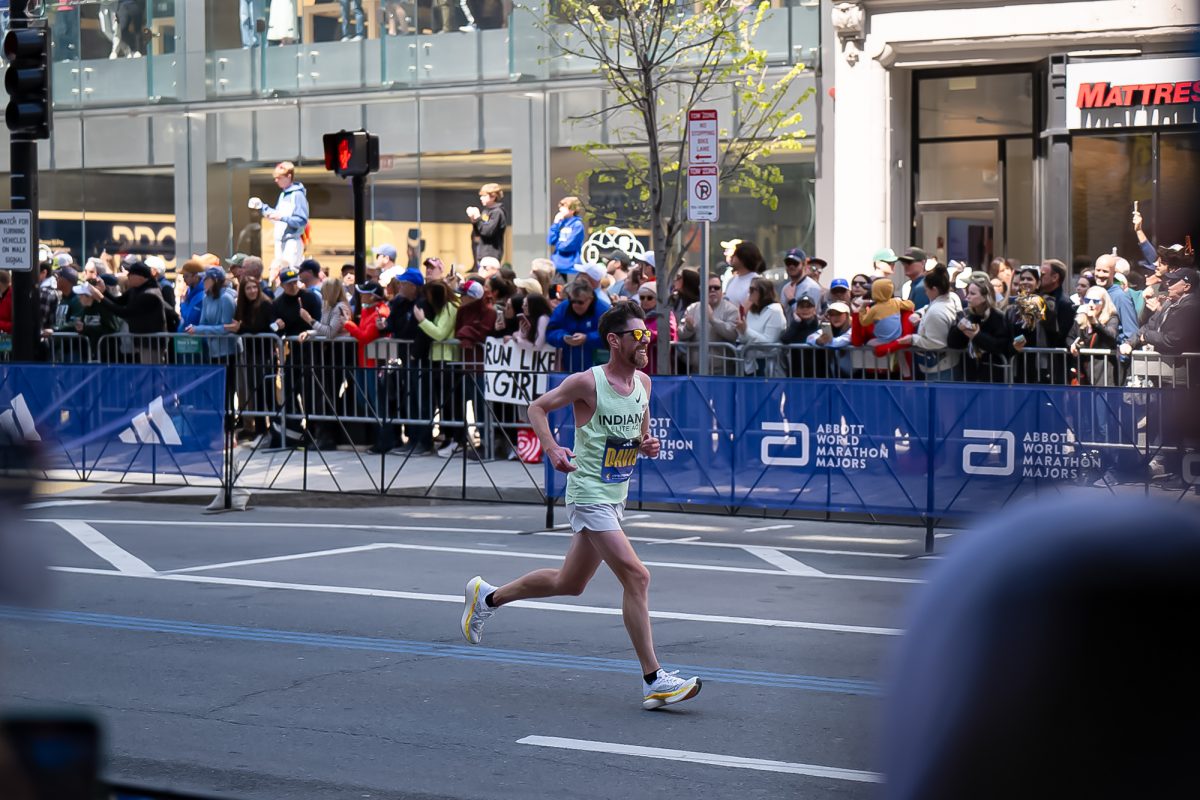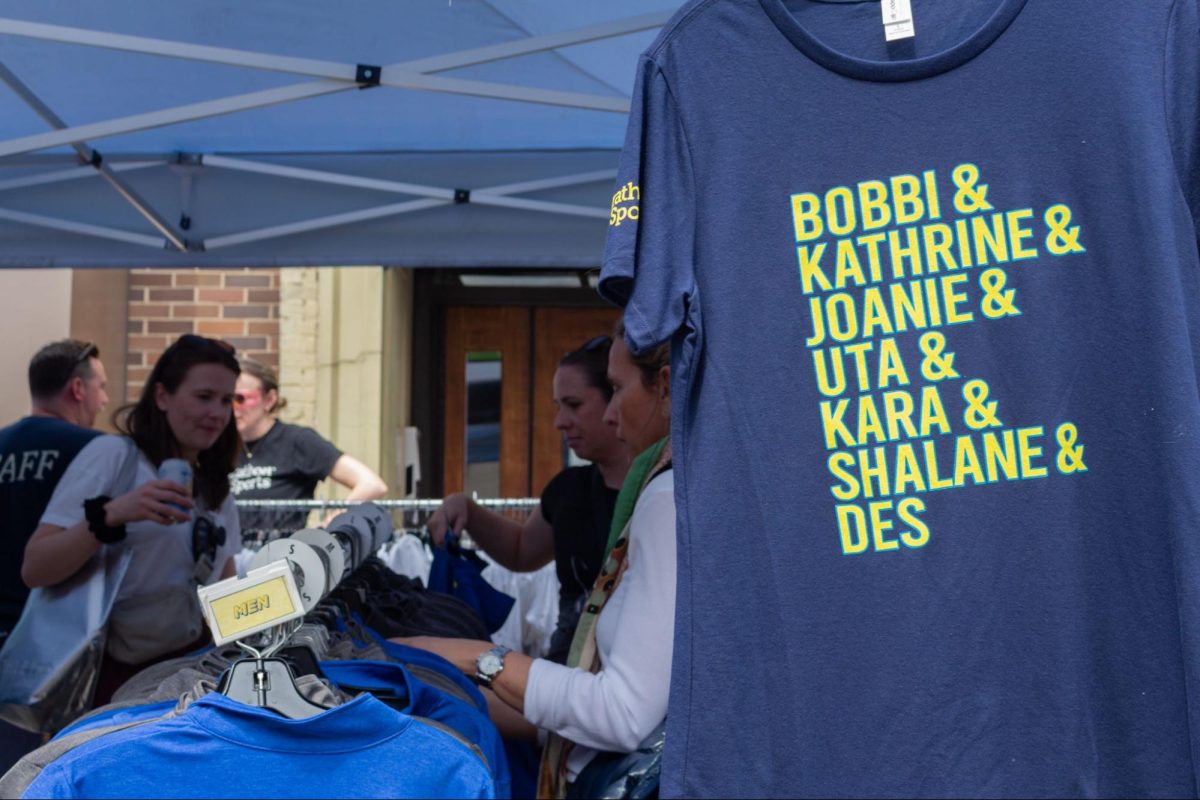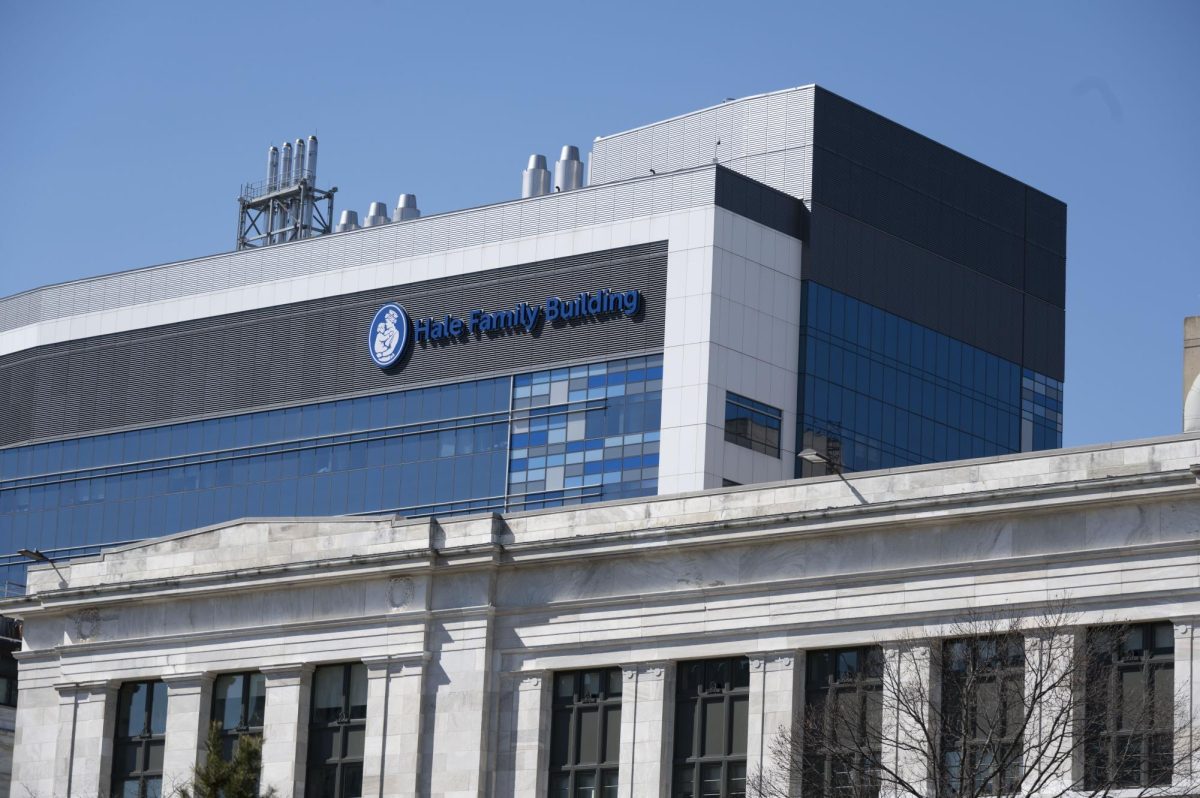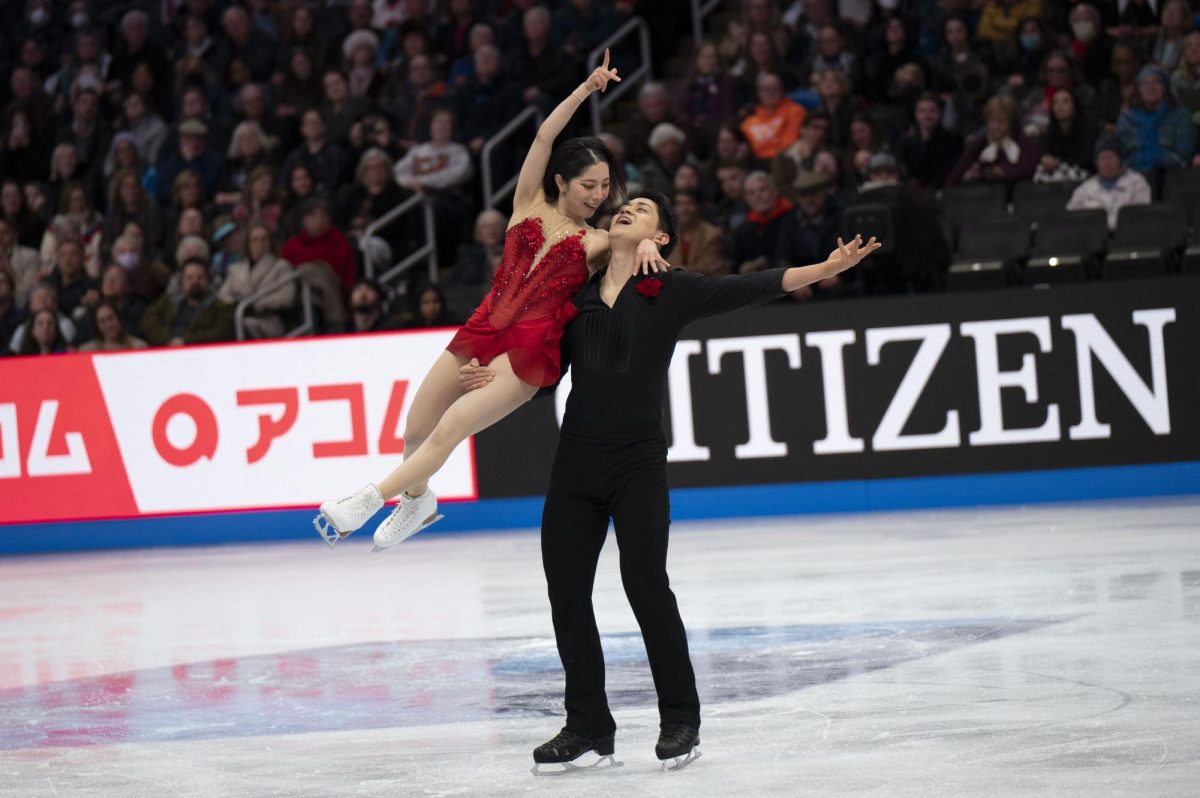By Alexander LaCasse, news correspondent
When Boston Mayor Martin J. Walsh took office back in January, he sat down with the members of his cabinet and emphasized that Boston is a city of neighborhoods, each with its own distinct identity.
One major focus of the Walsh Administration has been to extend a listening ear to the needs of each specific community. The first step in reaching out to all the neighborhoods from Hyde Park to Back Bay are through Neighborhood Engagement Walks (NEWs), starting Monday, Sept. 15.
“The mayor challenged us to come up with new ways to engage the community,” Jerome Smith, chief of the Office of Civic Engagement, said. “[These walks] are a new way to combine door-to-door campaigning, and modern technology to identify the individual needs for each neighborhood.”
Smith’s office was tabbed with creating a new method of reaching a large number of Boston citizens in a fairly short period of time, all the while having to balance a variety of different needs for each neighborhood.
According to Smith, the NEWs will cover every block of the over 850 miles of streets and sidewalks that make up the city of Boston and will be a block-by-block audit of each street’s infrastructural needs, and also identify maintenance jobs that may have gone neglected.
Members of the community are encouraged to stay on top of the NEWs’ progress by keeping track of an interactive map on Boston City Hall’s website. Dates and locations of a specific street’s walk will be posted on the Neighborhood Services’ Twitter account, so residents who wish to communicate their streets’ needs directly to city officials can show up for that specific day’s walk.
“What we need to have is more direct contact with other city agencies, so this is a great idea to try,” Dr. Barry Bluestone, director of the Dukakis Center for Urban and Regional Policy, said.
Dr. Bluestone also believes that if public outreach campaigns like NEW are to be as successful as possible, then colleges like Northeastern have to be a vehicle for positive neighborhood development.
“As an educational institution, the more work the students and faculty can do in the immediate neighborhoods around us, it’s good for the community and for the institution,” he said.
Residents can also file work orders for their blocks through the city’s website or on the Boston Citizens Connect app for Apple and Android devices. The app allows people to follow the progress of a project from start to finish on an interactive map, said Smith. The map shows thumbnails of projects that have been logged by the Office of Civic Engagement and the names of the officials who logged the orders.
“The city doesn’t own routine maintenance,” Smith said. “The reason why these are called Neighborhood Engagement Walks is to get residents to interact with one another and own their communities.”
According to Smith, neighborhood members have been highly supportive of the bottom-up approach to community transformation so far.
“It sounds like these walks will allow residents to engage directly with the city officials that made promises to them when they were running for office,” Nick Chaves, a freshman international affairs major, said.
As part of the public outreach campaign, Office of Civic Engagement Neighborhood Coordinators were invited to give presentations in their respective assigned communities.
Other students were open to the idea of city officials reaching out directly to the people they serve, so long as it is focused on the areas that need the most attention.
“I think this will benefit some neighborhoods with residents who have lived in their homes for years,” Winfield Grimm, a senior business major, said. “But around Northeastern and other colleges, it doesn’t seem worth it due to the high apartment turnover.”
These walks will not yield instant gratification to some of the under-served neighborhoods in Boston, but Smith believes the NEW walks will be a strong foundation for a strong partnership with community leaders and citizens all over the city going forward.
“We didn’t set out to do what other cities were doing,” Smith said. “I look forward to seeing what we find in the months to come.”
Photo courtesy Susan Downing, Creative Commons


